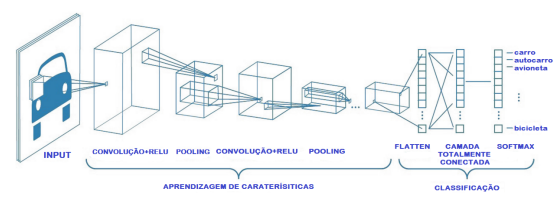
Featured in:
MD Thesis
Authors:
António Madaleno
This master dissertation was created as part of a project developed between the Institute of Systems and Robotics (ISR) of the University of Coimbra and the Portuguese Mint and Official Printing Office, called UniqueMark. This project has created a system that identifies precious metal artefacts with small unique markings that cannot be cloned and are irreproducible. The identification of the laser markings is accomplished by building a system that authenticates these precious objects with only the use of a smartphone to capture the images. Two distinct markings have been developed: markings made with a punching method by scattering diamond particles on the object and markings that are deterministic laser-marked drawings on the artefact, based on a mathematical function. In this dissertation, only the laser markings will be considered to verify the effectiveness of this mark in a pattern verification system. It is essential to highlight that this is the first study carried out using the laser markings of the UniqueMark project. The novelty of the laser markings led to the development of a first image bank, which includes several conditions in the acquisition of images, from images obtained with a microscope to images captured with different models of smartphones, as well as images with variations in the type of metal used and with variations in brightness. Artificial neural networks are the approach used to create classification models. The deeper layers of the neural networks are the layers that act as extractors of sets of features from the images. The image classification process is carried out using a 1-to-1 verification system. This dissertation aims to verify the behaviour of a neural network-based classification system when images of the markings undergo variations, both at the time of training and in the testing process. These variations are present in the datasets created, and the manipulation of the image acquisition constraints is performed based on these same variations present in the image banks built.Thus, this work is intended to find particularities that can hinder or improve the performance of the classifier models and verify in which conditions where there is a probability of the image verification system having gaps in its classification process. It is also taken into consideration the influence of images conditions variations in the training process of the classification models.
© 2024 VISTeam | Made by Black Monster Media

Institute of Systems and Robotics Department of Electrical and Computers Engineering University of Coimbra